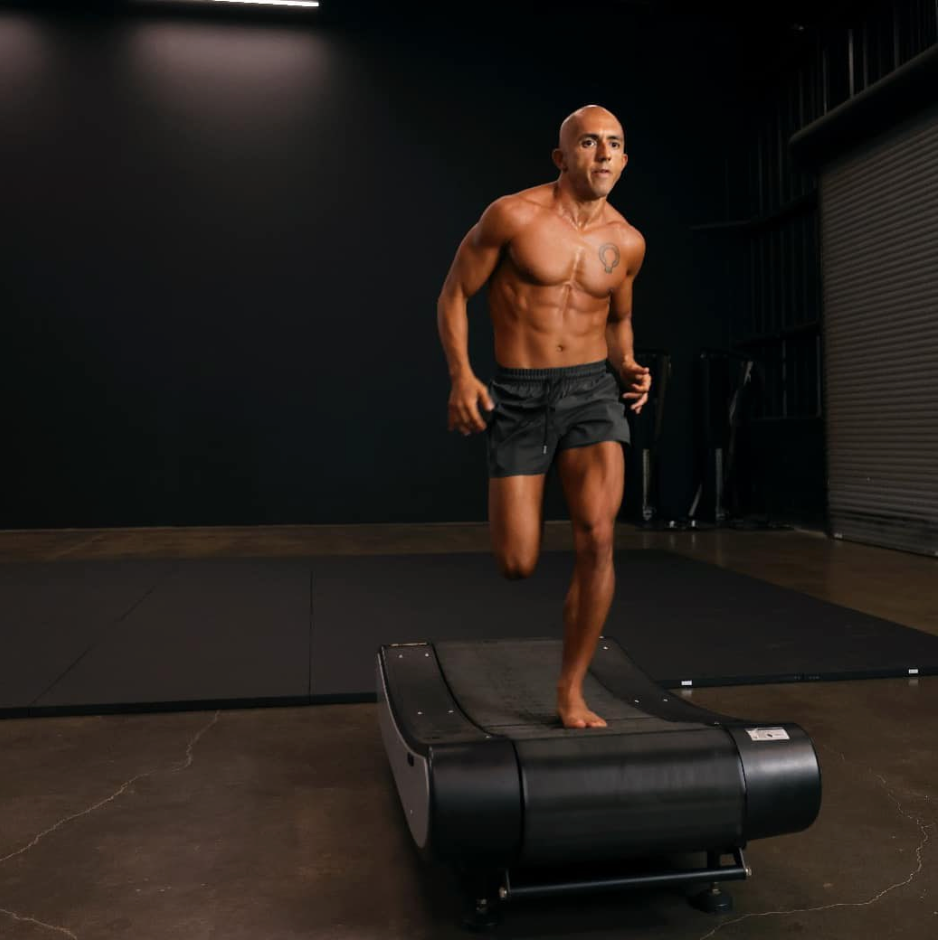Imagine a world where the solution to a myriad of health problems lies not in a pill bottle but in our very own movements. This isn't a futuristic fantasy, it's the reality that Functional Patterns (FP) is bringing to light. The concept that exercise is medicine underscores a fundamental truth that our bodies evolved to move a certain way and we can unlock a path to exceptional health through movement. We will cover why this concept differs between FP and how it’s implemented in traditional gym classes.
Movement as Medicine
The FP approach emphasizes that the right kind of movement can be incredibly healing. Unlike traditional gym classes that often focus on isolated exercises, FP advocates for optimizing movements that mirror our fundamental functions. It's not just about lifting weights or running on a treadmill mindlessly in a gym class a couple times a week. It's about improving the efficiency of the FP “First 4” - standing, walking, running, and throwing. Other training methods such as yoga, traditional bodybuilding, and crossfit shouldn’t be considered as medicine given their significant risk of injury for the average person.
The Healing Power of Exercise
Multiple meta-analyses have consistently shown that regular physical activity and increased number of steps daily significantly reduce all cause mortality. (1, 2) Although this may hold true for some, FP Practitioners commonly work to get people out of pain where every other form of training has caused or worsened that pain. At FP, we don’t just aim to burn calories or increase cardio in gym classes, we address dysfunctions on our bodies focused around how humans evolved to move. Exercise when applied with this focus isn't just a tool for fitness, it's how exercise is medicine.

The Most Natural Forms of Exercise
The FP “First 4” should be the most natural forms of exercise. They are fundamental movement patterns that humans have been doing for millennia. The FP corrective exercises on these fundamental movements engage multiple muscle groups in a harmonious manner, promoting balance, strength, and endurance.
Shown below is a before and after max sprint FP approved result of Jessa, an ex yoga instructor and now FP practitioner. Notice the left before pictures have hip jarring where the right hip drops excessively compared to the hips staying level with the floor on the right after picture. This hip instability is only one example of how exercise isn’t medicinal for everyone the same because any kind of exercise would cause Jessa pain before FP. This hip instability among other dysfunctions will likely result in some form of pain over time if exercise, including walking and running, is done without optimizing the FP “First 4.”

Jessa, FP Practitioner and ex yoga instructor meeting FP standard of running results
The Daily Dose of Exercise
While there's no one-size-fits-all answer, incorporating a sense of how your muscles respond to daily movements rather than aiming for a certain amount of steps or cardio is key. When first starting FP, we recommend The Movement Elimination Protocol in addition to working with a FP practitioner or on one of the online courses.
The Body's Response to The FP “First 4”
When the FP “First 4” are prioritized, typically people may feel a reduction of anxiety and daily chores become easier. Most importantly, people begin to notice improved body structure when standing and walking that can lead to reduced pain that lasts for the long term. FP practitioners can expedite this process by finding the most limiting dysfunctions in a client and solve it by treating the body as a system rather than just addressing symptoms. FP has helped tens of thousands of people significantly improve their structure when performing the FP ”First 4” regardless of athleticism. Exercise is medicine with FP protocols that are designed as preventative maintenance of the body and to significantly reduce risk of injury.

Conclusion
The FP approach to exercise is not just about staying fit, it's about respecting how we evolved to move by optimizing the FP “First 4” - standing, walking, running, and throwing. Avoiding other traditional gym classes and exercise with the FP Movement Elimination Protocol has been critical to seeing quicker results. Exercise is medicine when taking the proactive steps to prioritize following FP protocols over other forms of training. At FP we think exercise shouldn’t be mindless or a burden but rather a way to solve problems that transfers to improvement of other aspects of life.
If you're interested in Functional Patterns, we recommend you to find a FP Practitioner near you.
Learn more about Functional Patterns and other forms of exercise in the following resources:
- Functional Patterns Result: JESSA, EX YOGA INSTRUCTOR
- Back Squats and Deadlifts: Sagittal-Based Overload
- F45, is injury worth the sweat? – Functional Patterns
- Orange Theory: Is the Juice Worth the Squeeze?
- Unleash Your Core Potential: The Science Behind the Plank
- Bench Press : Dissecting an Overrated Upper Body Exercise
- Lunges Workout: A Functional Patterns Perspective
- Sprint Workouts: Is Sprinting the Gold Standard of Exercise?
- Deadlifts Unmasked: Are They Worth It and What are the Alternatives?
- What is Functional Strength Training?
- Technical Differences Between Biking and Running: Why Running is King
References
- Paluch, Amanda E et al. “Daily steps and all-cause mortality: a meta-analysis of 15 international cohorts” The Lancet Public Health, Volume 7, Issue 3, e219 - e228. https://www.thelancet.com/journals/lanpub/article/PIIS2468-2667%2821%2900302-9/fulltext.
- Woodcock, James et al. “Non-vigorous physical activity and all-cause mortality: systematic review and meta-analysis of cohort studies.” International Journal of Epidemiology, Volume 40, Issue 1, February 2011, Pages 121–138, https://doi.org/10.1093/ije/dyq104







